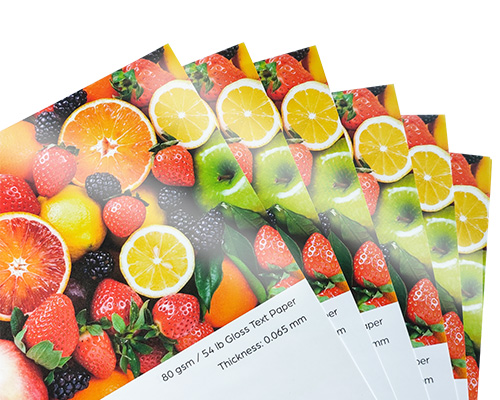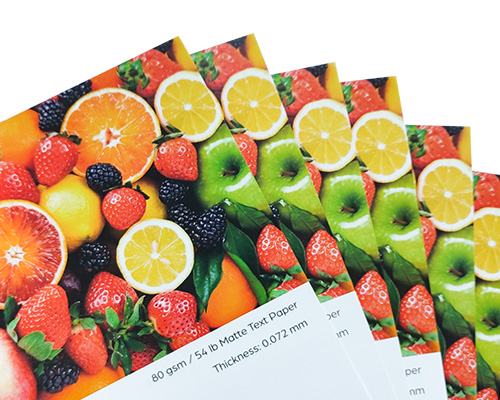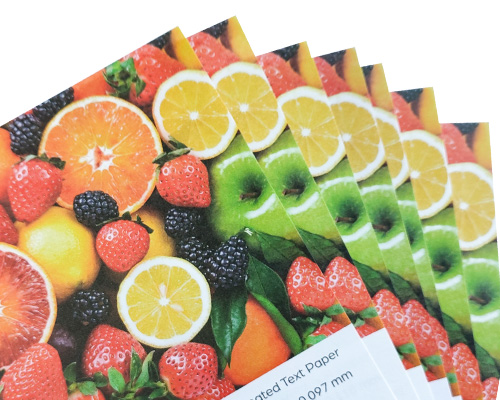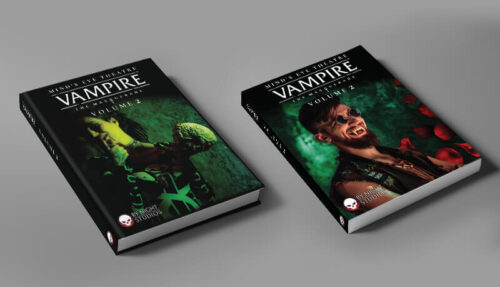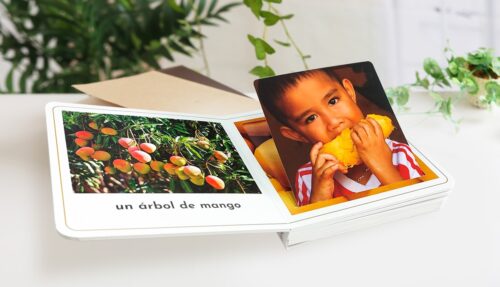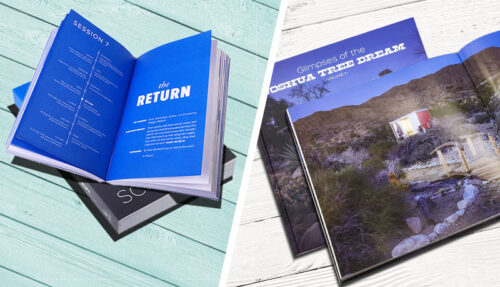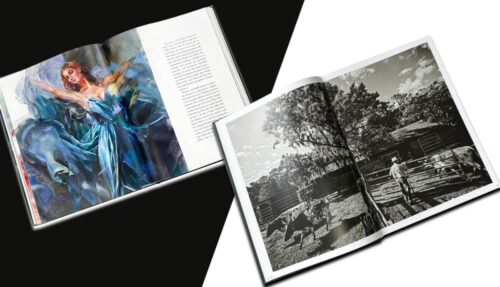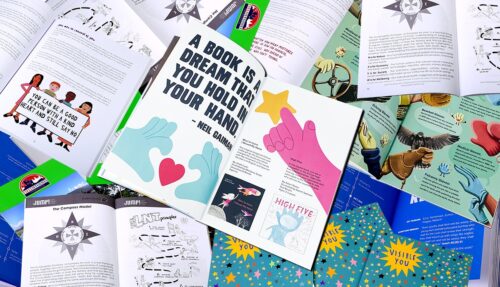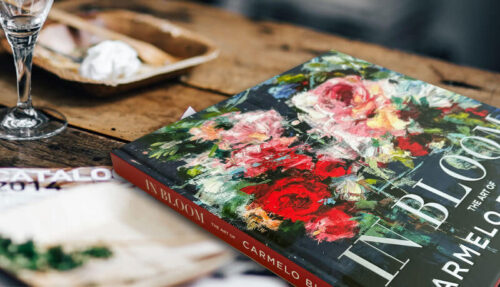Choosing the right paper for your printed book is a vital decision. Several factors can influence your choice of paper when printing a book: genre, page count, binding style, and your budget. Drawing on almost 30 years of industry experience, we explain how to balance these factors to make the best paper choices for your project.
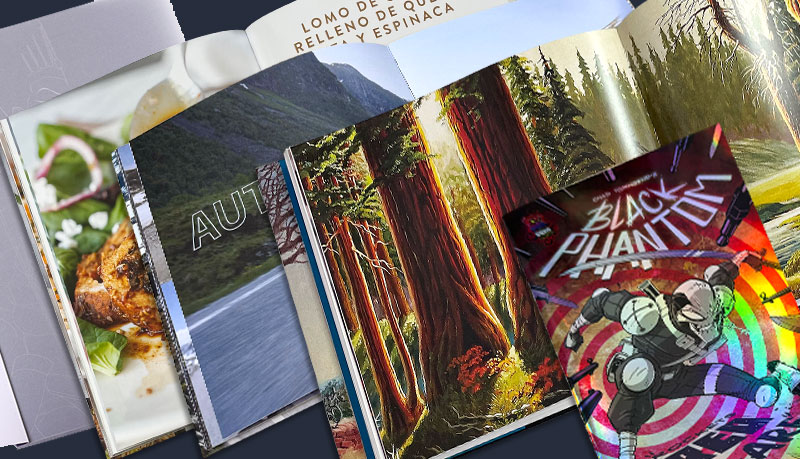
When you’ve gone to all the trouble of writing a book—and we know exactly how much work is involved in doing that!—you want to know that the printed edition will do justice to all your hard work and creativity. Books are made of paper, obviously, but there’s a potentially bewildering range of paper options to choose from when figuring out how to choose the right kind of paper for your book. In our sample paper book—which you can learn more about and order here just for the cost of mailing it—we have literally hundreds of paper stocks with various finishes, coatings, and uses. When you’re preparing your print edition, you’ll almost certainly need to select more than one kind of paper, too—for the cover, the interior pages, the endpapers, and maybe more. Faced with so many options, how do you make that decision? That’s what you’ll know by the time you’ve finished reading this post!
Most books — there are exceptions such as children’s board books and some comics, for example — will need two kinds of paper: for the interior pages and for the cover. In most cases, the cover paper will have a coated surface and be thicker so that it offers greater protection and shows off full-color printing and artwork to best advantage, while the interior pages may or may not be coated and will usually be thinner because they’re protected by the cover and may only be printed with black-and-white text in many cases.
Obviously, as we’ve said, there are exceptions to this principle—as in the case of large-size coffee-table books or a luxury hardcover edition, which may require more than two types of paper; and a basic comic book, which may only need one. But all books need a cover and an interior. So let’s focus on how to choose the right kind of paper for your book based on these fundamental needs, and then we can look at the exceptions, add-ons, and other options.
How to choose paper for your book's interior pages
The most important factor to guide you when deciding on your book’s interior paper is the genre and the content. Does it need color illustrations, graphics, photographs, and other important visual elements? Is purely text? Will it be printed in black-and-white or in partial or full color? Let’s look at the three most useful paper choices for inside pages and when you might prefer each one.
3 types of paper
Three kinds of paper are the most popular options:
- Gloss coated art paper
- Matte coated art paper
- and offset (uncoated) paper
Gloss art paper is the best option if you are printing an illustrated children’s book, a cookbook, a graphic novel, or any book which relies on high-quality artwork and photography. Gloss coated paper is designed to give excellent full-color and black-and-white image reproduction, making the visuals really crisp and the colors bright.
Matte art paper is another great option for image reproduction but has a silky rather than glossy coating which highlights the heavier tones and contrasts and dark colors well. High-end coffee table books, photo magazines, art books, which need both high-resolution pictures and clear, readable text would benefit from interior ages printed on matte art paper.
Offset paper is not coated, so it is more absorbent and natural-looking, with a slightly rougher surface. Most paperback novels use offset paper for the interior pages, to give you an idea of this paper type. Because of its higher absorbency, it’s also a great option for any book in which someone may need to write or draw — such as a journal, a coloring book, a workbook, and so on.
Size matters
Your book’s overall dimensions and the size of the pages also influence your paper choices. In most cases, smaller books can have thinner paper and larger books need thicker paper. The two most popular printing sizes for both fiction and non-fiction books are A4 and 8.5″ × 11″. For a novel, 100 gsm offset paper would be an excellent choice for the interior pages. For a larger book like a coffee-table book, for example, 157 gsm matte art paper would be better.
Page count
If your book has fewer than 24 pages, any gloss, matter, or offset paper thinner than 200 gsm should be fine, depending on your books use. For example, a coloring book with only 20 pages would be fine with 140 gsm offset paper. That will make the book open flat easily and the printed outline pictures will look clear and be large enough to color in. If the book is for children, that’s also a good choice because it’s less likely to tear compared to, say, 80 gsm offset paper.
If your book has between 24 and 32 pages and you’d like it to have a printable spine, then you’ll need to choose paper thick enough to make up the spine width. In this case, 157 gsm to 200 gsm paper is necessary.
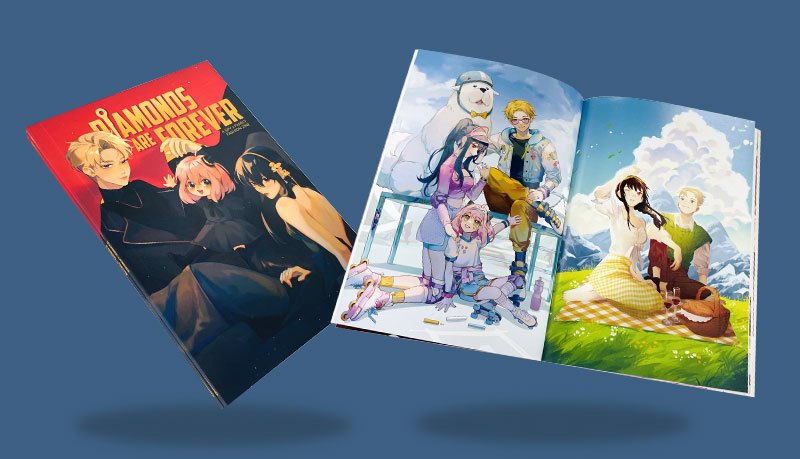
For example, let’s say you’re printing a 28-page softcover children’s illustrated book and you want a spine. We would suggest choosing 200 gsm gloss art paper for the interior pages as it will make up the correct width for paperback binding and will reproduce the pictures nicely.
With any book that has over 32 pages, you can bind it as either a hardcover or softcover book. For a hardcover book between 32 and 48 pages, 157 gsm paper would be perfect. This would give your book sufficient depth to be bound in hard casing and also be more durable and long-lasting. For a paperback — also called softback, softcover, or perfect bound — book of that length, you could choose from 128 gsm, 157 gsm, or 200 gsm depending on whether it was illustrated or plain text and the size of your budget.
Once a book goes over 48 pages, the thickest paper choice is 157 gsm paper. 200 gsm paper is too thick and will lead to a bulky, unwieldy volume with pages that are difficult to open and turn.
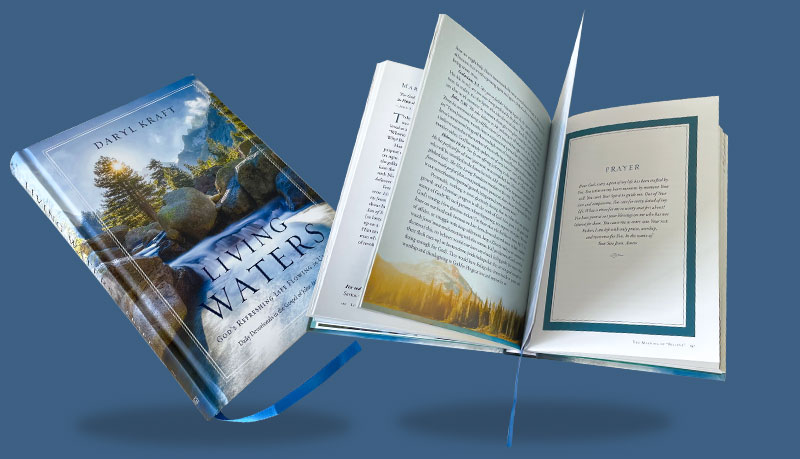
However, there’s an exception to this rule. If you’re printing a spiral or wire-o bound book, you only need to make sure that the book thickness is between 8 mm and 20 mm. If it will be thicker than that, contact us first and we will help you choose the best paper option for your needs.
Your budget
Several factors influence how you work out your budget for book printing. Different papers cost differently. So, heavy gloss coated paper is more expensive than thin offset paper, for example. Your choice of paper will ultimately change the overall weight of your product, too, so bear that in mind. Heavier, bulkier books cost more to store, ship, and distribute.
How to choose paper for your book's cover
The paper you choose for your books cover will be influenced by many of the same factors as the interior pages. But you’ll also need to consider the binding style. Here, we’ll look at hardcover bindings, softcover bindings, and board books.
Hardcover binding cover paper
For hardcover books, 157 gsm matte or gloss art paper wrapped on 2 mm, 2.5 mm, or 3 mm grayboard is the most popular choice. The more pages the interior has, the thicker the board will need to be. Some people prefer to use a special material to wrap the board casing other than paper. Leatherette and cloth coverings can work well.
Leather
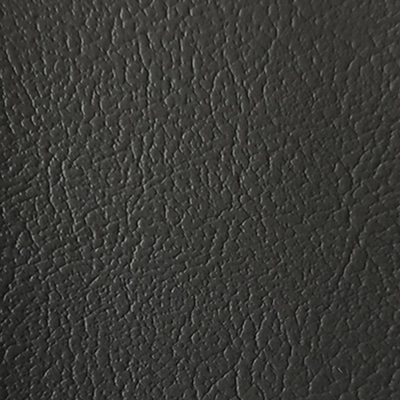
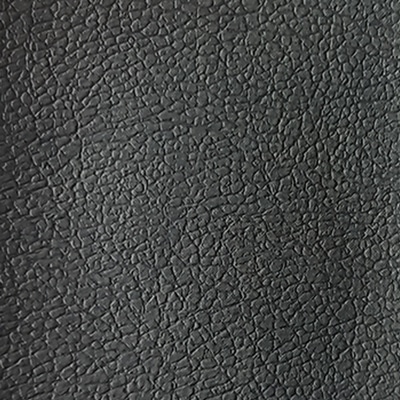
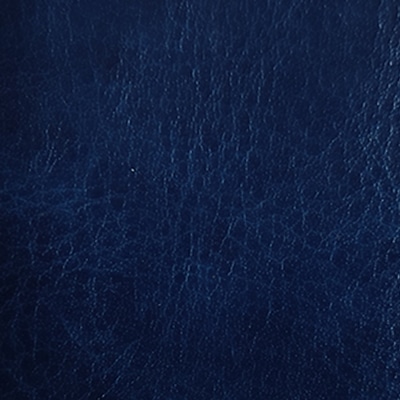
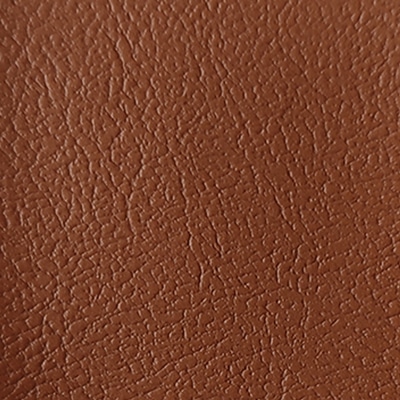
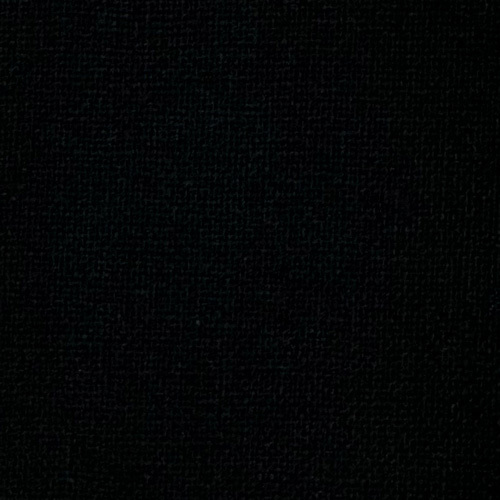
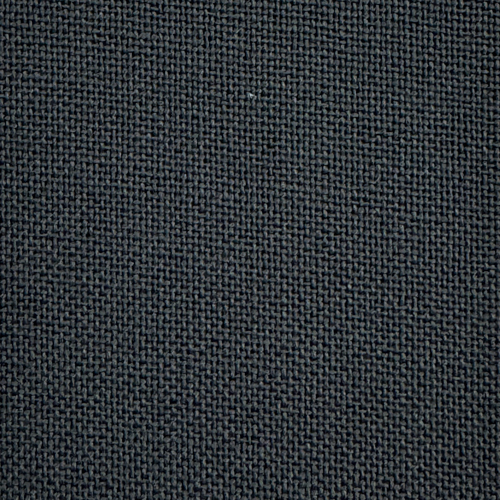
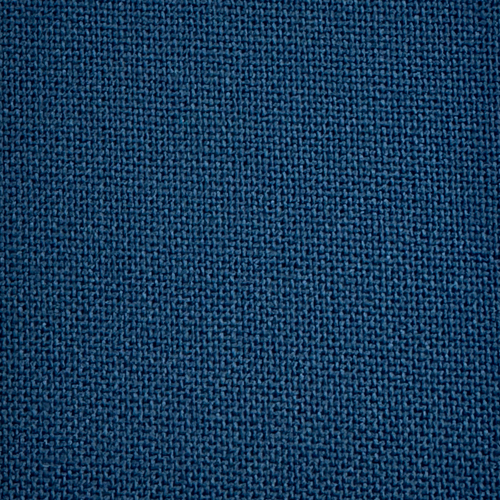
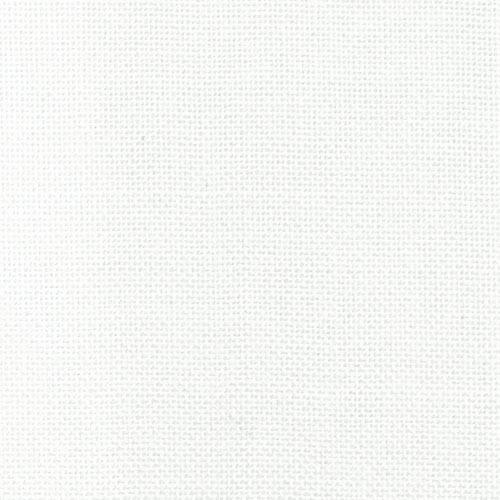
Softcover binding cover paper
For softcover books, 200 gsm gloss or matte are excellent choices. The paper must be thicker than for hardcovers, as there’s no board. The paper alone is the cover. But as with hardcovers, the higher the inner page count of your paperback book, the thicker the cover paper should be. In rare circumstances, you may have a book with the same paper for both the interior and cover pages. In this case, we say the book is “self-covered”.
Board book cover paper
Board books are a special case compared to other styles, as they’re often self-covered. Typically, all of a board book’s pages are made from 2 mm grayboard wrapped in C1S (coated on one side) paper. The coated surface faces outward and is printed, while the inner surface is glued to the board. Some high-end board books will have separate covers made using 157 gsm matte or gloss art paper wrapped on 3 mm board. Occasionally, children’s board books have added hardcovers, often with foam inserts to give them a padded, tactile effect.
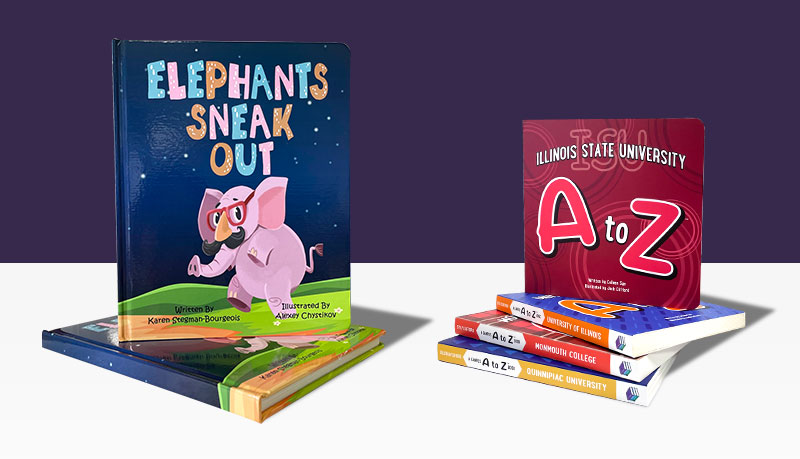
Specialist papers and paper choices
As we mentioned at the top, sometimes you’ll want to choose more than just two paper types—one for the cover and one for the interior pages. For example, a dust-jacketed hardcover fine art photography coffee-table book in a slipcase may need:
- Coated gloss paper for the book cover
- Coated matte paper for the interior
- Translucent architectural paper inserts to protect the color plates
- Textured colored paper for the endpapers
- Printed uncoated paper for the slipcase interior
- Gloss or matte coated paper, or laminated textured paper for the slipcase exterior
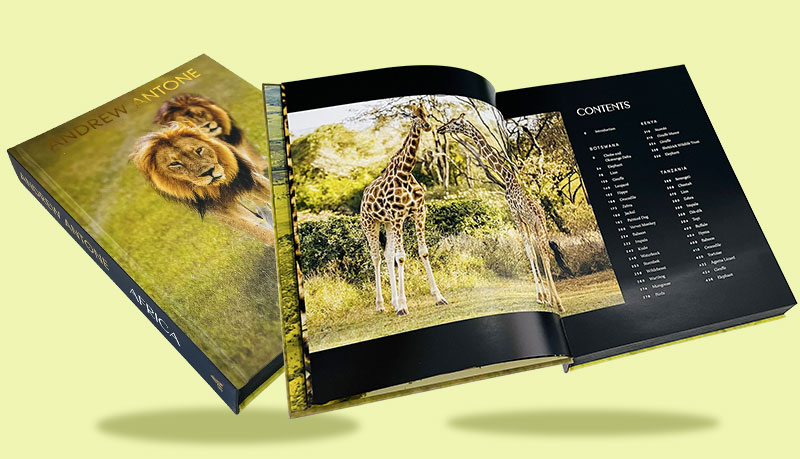
Or, if you’re printing a special edition of your SF comic series, you may want to choose holographic paper for the cover. Likewise, if you produce a monthly comic, a “self-covered” saddle stitch binding with uncoated paper throughout might be the best option. In short, there’s no one-size-fits-all rule you can follow when deciding how to choose the right kind of paper for your book. It all depends on your individual needs. But knowing that in itself make the decision process easier. Because once you understand that not all the hundreds of papers would work, you can more rapidly hone in on the ones that will.
Wrapping up paper choices
So, you can see that when you’re selecting paper options for your book, there’s a lot to consider. Factors that influence your decision range from your book’s length, binding style, spine thickness, content, and how much money you have to spend.
Talk to us!
Self-publishing can be a complicated and challenging process, with dozens of decisions to make along the way. We hope that this post has helped you to think through the possibilities for choosing paper for book printing. But if there’s anything else you’d like to ask — perhaps for a print project we haven’t covered specifically in this post — or for any other reason, please get in touch. We’re an expert team with 25 years and more of experience in the industry. We’re also super-friendly and our worldwide reputation for excellence is built as much on our personalized customer service ethic as it is on the high quality of our products. We’d be happy to answer all your printing-related questions and we can give you a no-obligation quote for your project on request. Talk to us — we’re here to help!




